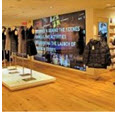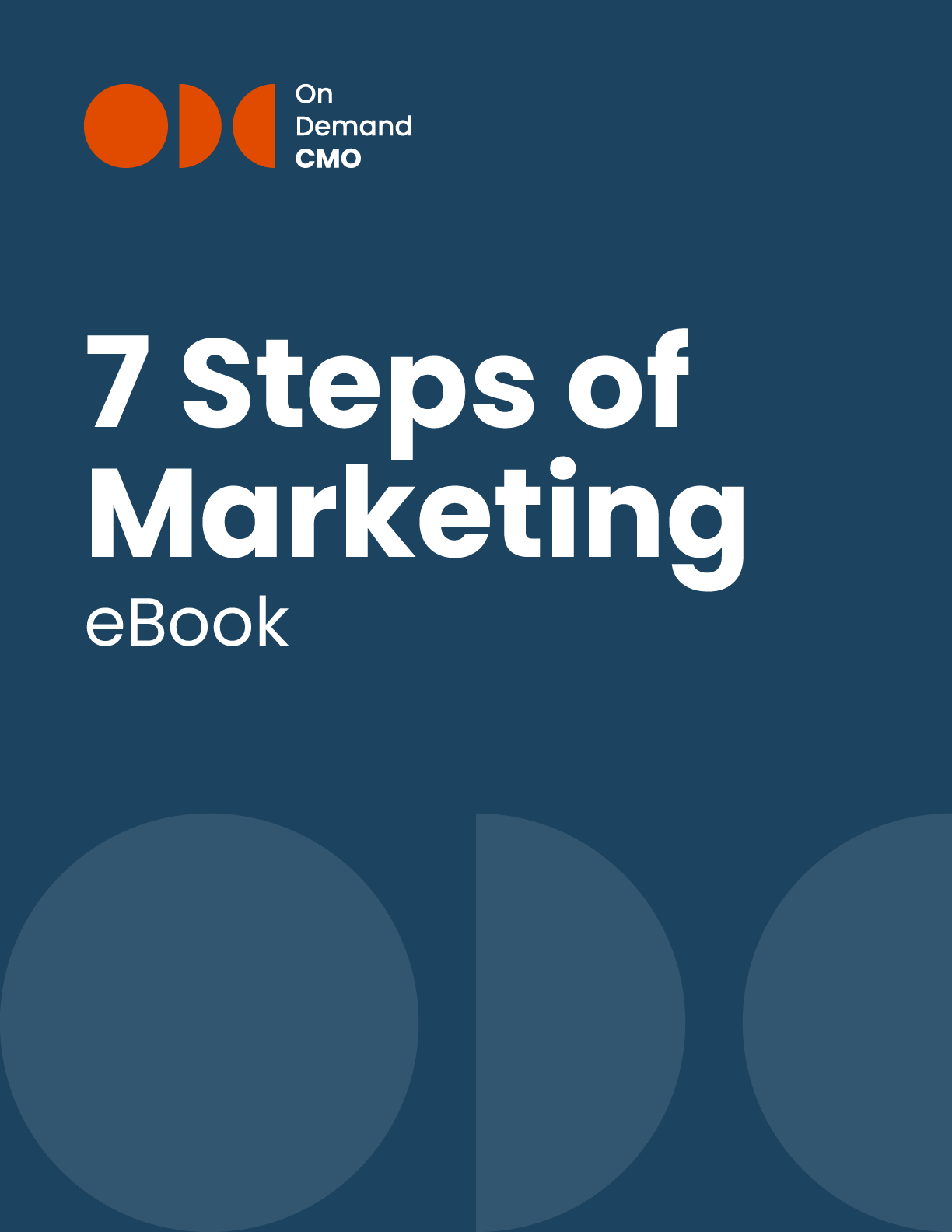
In the world of marketing, digital signage is the new kid on the block–literally. As flat screen monitors have gotten less expensive and video and graphics software has gotten better, digital signs have started popping up all over the place, replacing traditional printed posters, menus, schedule boards, etc. There’s a good chance you have experienced digital signage while shopping at the mall, going to the bank, waiting in your doctor’s office, pumping gas, riding in an elevator, racing to catch a plane, working out at the gym, staying at a hotel or eating out at a restaurant. In many instances, the digital signs are used for branding and market messaging by the venue itself, i.e., a sporting goods store uses digital signs to show it’s products in action in various sports settings. But there is also a growing use of these signs to carry advertising, in which case the venue may be looking to the digital signage as a revenue source. Either way, it’s a growing, multibillion dollar medium. Nielsen and Arbitron now measure viewership of digital signs just the way they do for TV and radio.
The main advantage of digital signage is its ability to reach a captive audience with a targeted message at a time when the person is out and about and ready to buy. If you are taking your new puppy to the vet and see an ad for a new kind of dog food, the chances are greater that you will remember it and/or buy it on the way home than if you seethe ad in a magazine or on TV while you are relaxing at home.
While digital signage is becoming more pervasive, it is also becoming smarter. In malls and other retail environments, there are signs you can interact with using your mobile phone–for example, directing you to a product that’s on sale. Digital signs can also be equipped with sensors that use pattern recognition software to tell if you are male or female and your age range. Using this information (which is anonymous; no identifying information about you is captured or used) they can display a targeted message. This information can also be used to determine audience metrics, a key way in which digital signage will compete with TV and online for advertising dollars.
Digital signage seems like a perfect match for today’s active, savvy and demanding consumers. It’s a major step up from static posters and signage, which is why more and more marketers are adding it their overall marketing mix. Even the ability to gather audience metrics, continues to evolve it will bring together the best of online and out-of-home marketing, a very powerful and very new combination.

OnDemandCMO has authored 7 Steps of Marketing, the only marketing guide book you’ll need to either get your marketing started properly, or stay on track strategically.
It features best practices on branding, messaging, social media, lead generation and much in between.
Please let us know who you are, and we'll share a few of our secrets (we don't sell or trade your info)!